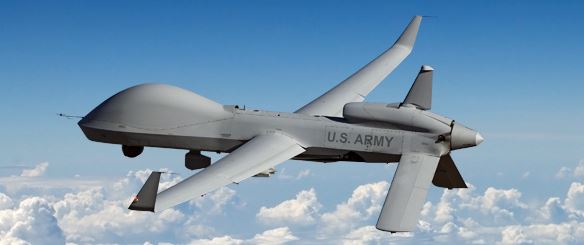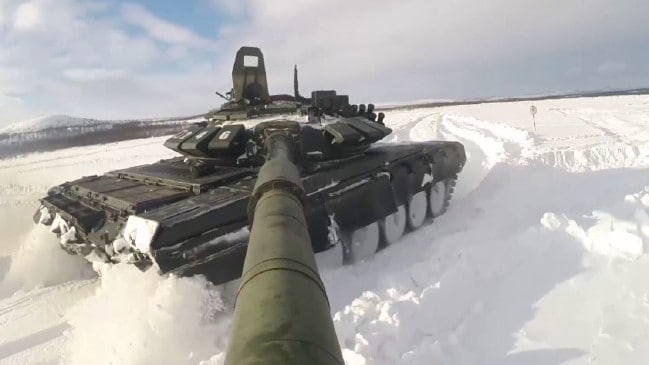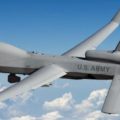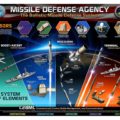Since the middle of the last century, The United States has relied on advanced technology to defend itself.

Today, faced with giant adversaries (Russia has larger geography, China has a greater population and a vast industrial base) that need is greater than ever. However, America’s vital edge is slipping significantly.
Writing in American Military News, Michael Marks reports that “There can be no doubt that Russia and China are determined to challenge America’s qualitative advantage. From the rebirth of Russian military power under Vladimir Putin to the ever-growing Chinese military prowess across the board, their efforts show no sign of slowing down.”
The problem stems from the Obama era. A Government Executive report by Marcus Weisgerber several years ago noted that “Since Congress imposed federal spending caps in the 2011 Budget Control Act, the Pentagon’s procurement and research-and-development budgets—the so-called modernization accounts—have been in steady decline.”
Angus Loten, writing in the Wall Street Journal, reports that “The federal government needs to do more to support the development of innovative technology as U.S. productivity falls and foreign tech hubs gain clout, researchers at the Massachusetts Institute of Technology said…Overall federal R&D spending, at 0.7% of gross domestic product, is roughly half what it was in the mid-1980s.”
In his State of the State address this year, Putin stressed that:
“The work on promising prototypes and weapon systems that I spoke about in my Address last year continues as scheduled and without disruptions.” The Russian leaders described dramatic new developments in intercontinental ballistic missiles, laser weapons, and hypersonic weapons.

The Russia Beyond publication provides more details. It describes the Sarmat Nuclear Missiles as “The biggest and most devastating system in the world … It’s the only missile in the world able to cover 17,000 km before eliminating everything in its path. Every missile will have at least 15 multiple reentry vehicles (MIRV), each with a yield of between 150 and 300 kilotons, enough to blow a crater the size of the Grand Canyon. Hypersonic missiles: Another super hot addition to Russia’s weapons store: The first ever missiles able to hurtle towards their target at 2.5 km/s (eight times faster than the speed of sound). Su-57 fifth-generation fighter jets: Experimental machines of this type have already been baptized in Syria to test their devastating power, and the new missiles and bombs specially created for them. The fastest military helicopter in the world: This army chopper will be able to fly at speeds of up to 500 km/h with eight men on board armed to the teeth with devastating weaponry.”
Damiel Wagner, writing for the South China Morning Post, “The formidable arsenal on display at China’s 70th anniversary parade announces to the world its ambition – backed by hefty investment – to be a global leader in futuristic weapons technology.”

Russia and China are not only increasing their individual advanced weapons programs individually, they are working together as well. Spacewar notes that Russia is aiding China in building a missile defense system…”We are now helping our Chinese partners to create a missile-warning system, a missile-attack warning system…This …will dramatically increase China’s defense capability.”
The Congressional Research Service has weighed in on the growing threat:
“For more than 70 years, the technological superiority of the United States military has offset the size and geographic advantages of potential adversaries…However, the Department of Defense (DoD) and the federal government…are no longer overriding funders of R&D, and this shift in support…has substantial implications for how DoD obtains advanced technology and maintains the battlefield overmatch that technology has historically provided.
In 1960, the United States accounted for 69% of global R&D, with U.S. defense-related R&D alone accounting for more than one-third of global R&D (36%)…However, from 1960 to 2016, the U.S. share of global R&D fell to 28%…As a result of these global, national and federal trends, federal defense R&D’s share of global R&D fell to 3.7% in 2016.”
Frank Vernuccio serves as editor-in-chief of the New York Analysis of Policy & Government.

















Follow Us